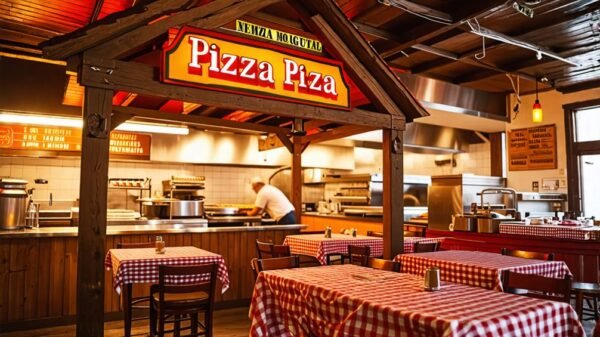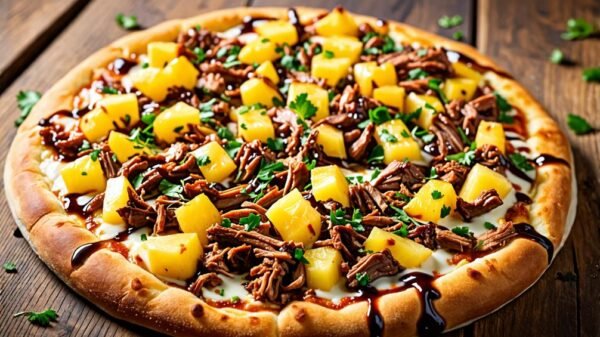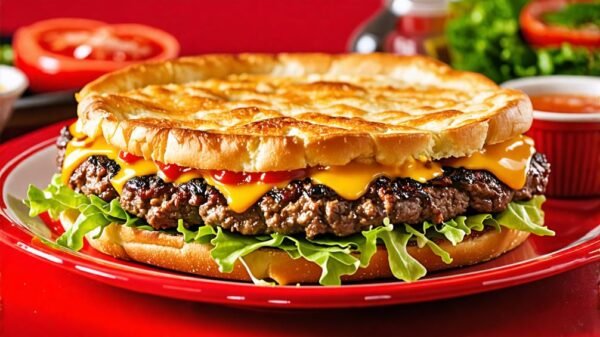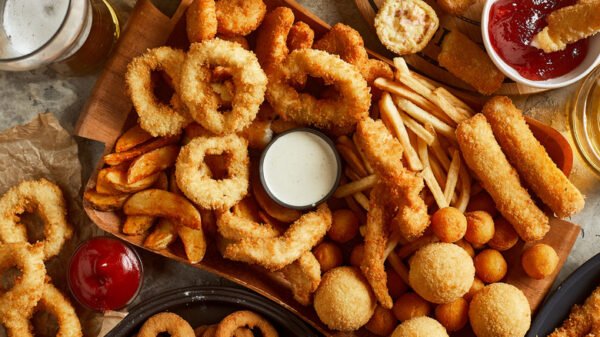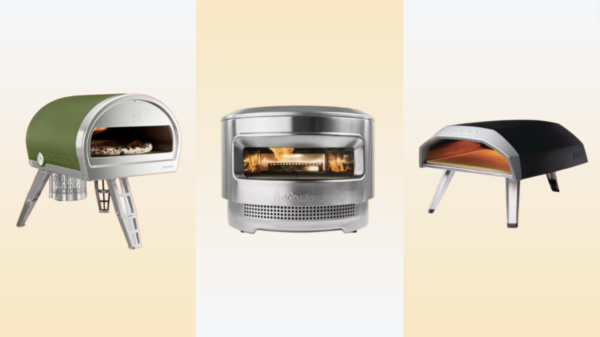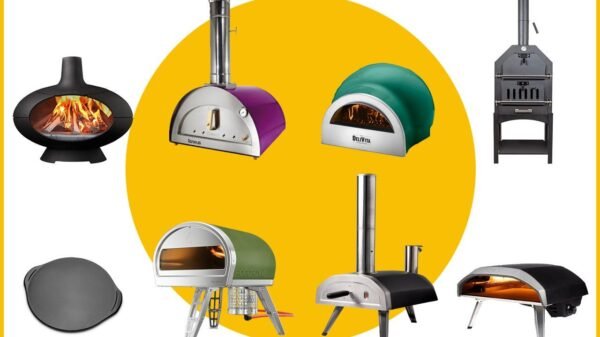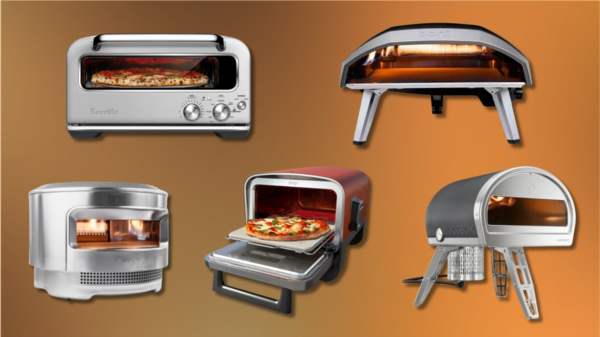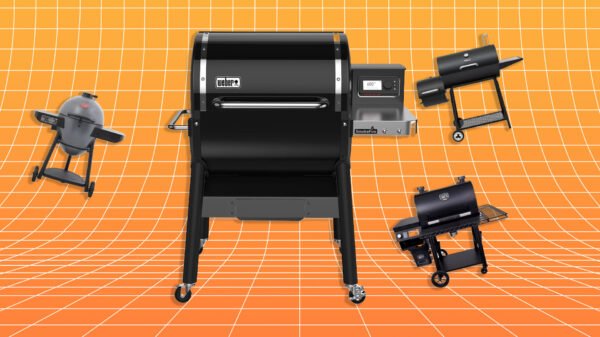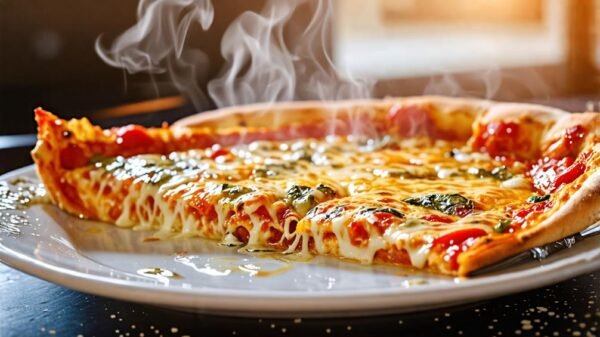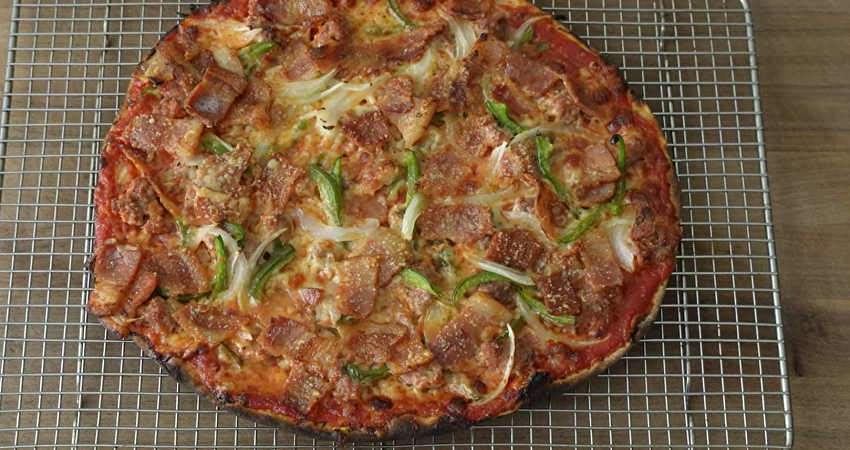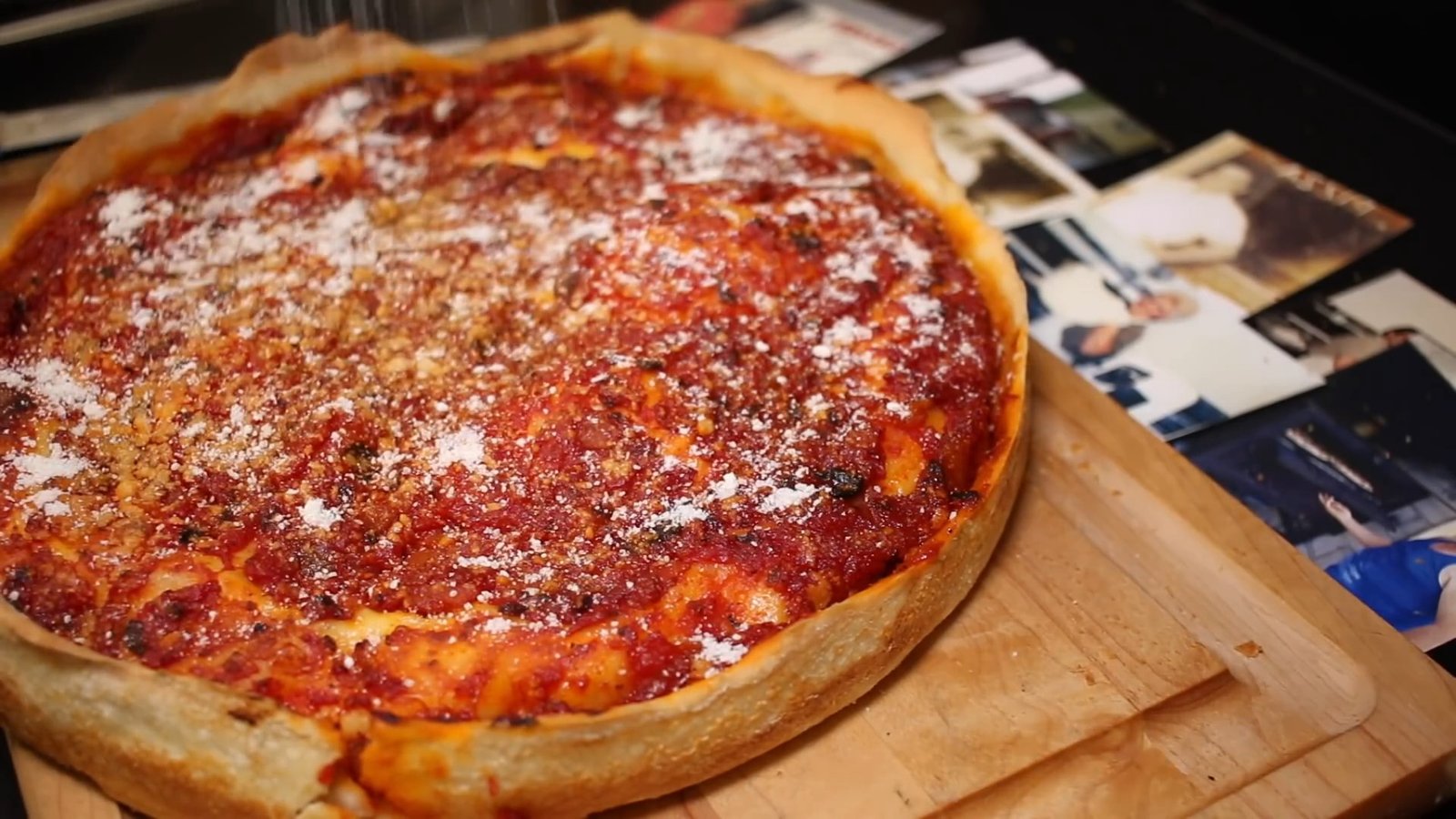Who can resist the irresistible aroma of freshly baked pizza? Whether you’re a fan of classic Margherita, indulgent pepperoni, or adventurous BBQ chicken, achieving the perfect pizza crust is the key to culinary success. One crucial factor that significantly impacts the outcome is the oven temperature. In this guide,
Let’s explore the world of pizza baking and discover the optimal oven temperature for creating a mouth-watering pizza that will delight your taste buds. Don your apron, preheat your oven, and let’s embark on this delectable journey!
The Art of Pizza Baking: Finding the Perfect Temperature
Before we delve into the best oven temperature for making pizza, let’s understand the science behind baking a delectable pie. Combining dough, sauce, cheese, and toppings requires a delicate balance of heat to achieve that sought-after crispy yet chewy crust. Different pizza styles call for different temperatures, so let’s explore some popular options:
New York Style Pizza: A Satisfying Crunch at 500°F (260°C)
New York-style pizza, famous for its large, foldable slices, boasts a thin yet sturdy crust. To achieve the signature crunch and achieve a perfectly baked pie, preheating your oven to 500°F (260°C) is recommended. This high temperature ensures the crust crisps up while maintaining a tender center.
Neapolitan Pizza: Authentic Charm at 900°F (482°C)
You’ll need to crank up the heat if you’re a fan of the traditional Neapolitan pizza, known for its soft, pillowy crust and charred edges. Neapolitan-style pizzas are baked in wood-fired ovens at scorching temperatures of around 900°F (482°C). While replicating these intense temperatures at home may be challenging, we’ll explore some alternatives later.
Chicago Deep-Dish Pizza: Slow and Steady at 425°F (218°C)
The deep-dish pizza, a beloved specialty of the Windy City, requires a slightly different approach. Due to its thick crust and hefty toppings, it benefits from a longer cooking time at a lower temperature. Preheat your oven to 425°F (218°C) and allow the pizza to bake slowly, ensuring the crust is golden brown, and the cheese is melted to perfection.
Best Oven Temperature for Making Pizza: Unlocking the Secret
Now that we’ve explored different pizza styles and their recommended temperatures let’s uncover the best oven temperature for making pizza that suits various preferences. While individual oven models may vary slightly, a general guideline can help you achieve exceptional results with your homemade pizzas.
The Sweet Spot: 475°F (245°C) for Versatility and Consistency
For most home ovens, setting the temperature to 475°F (245°C) strikes a perfect balance between the crispness of a New York-style pizza and the tenderness of a Neapolitan pie. This temperature allows the dough to cook without burning the crust or leaving it underdone. It provides the flexibility to experiment with different toppings and achieve consistent results.
Tips for Optimal Pizza Baking
- Preheat your oven: Give your oven ample time to reach the desired temperature before placing your pizza inside. This ensures the crust gets a head start on baking, resulting in a well-cooked and evenly browned pizza.
- Use a pizza stone or baking steel: These baking surfaces help distribute heat more evenly, mimicking the effect of a traditional brick oven. Place the stone or steel in the oven while preheating, allowing it to absorb and radiate heat, resulting in a crisper crust.
- Adjust baking time: Keep a close eye on your pizza while it’s in the oven. Depending on your oven’s performance and the thickness of the crust, you may need to adjust the baking time slightly. Aim for a golden-brown crust and bubbling cheese for the perfect outcome.
- Experiment with temperature and timing: Once you understand the best oven temperature for making pizza, feel free to experiment. You may find that certain toppings or dough recipes work better at slightly higher or lower temperatures. Don’t be afraid to try different combinations to discover your pizza’s perfection.
- Rotate the pizza: Rotate the pizza halfway through the baking process to ensure even cooking. This helps prevent any hotspots in your oven from causing uneven browning or burning.
- Let it rest: As tempting as it may be to dive into your piping-hot pizza right out of the oven, allow it to rest for a few minutes. This allows the cheese and toppings to settle, making slicing and serving easier and preventing burnt tongues!
Conclusion: Achieve Pizza Perfection with the Right Temperature
As you embark on your pizza-baking journey, remember that the best oven temperature for making pizza depends on the style you’re aiming for. The versatility of a 475°F (245°C) oven temperature strikes a balance between the crispness of a New York-style pizza and the tenderness of a Neapolitan pie, making it a great starting point for homemade pizzas.
However, don’t be afraid to experiment and adjust the temperature based on your preferences and the specific pizza you’re making. Remember the tips shared earlier, such as preheating your oven, using a pizza stone or baking steel, and rotating the pizza for even cooking.
With some practice and experimentation, you’ll discover the perfect oven temperature that suits your taste buds and brings your homemade pizzas to life. So gather your favorite ingredients, preheat your oven, and prepare to create mouthwatering pizzas that will have everyone coming back for more.
FAQs About the Best Oven Temperature for Making Pizza
What if my oven doesn’t go up to 475°F (245°C)?
While it’s ideal to bake pizza at the recommended temperature, you can still achieve satisfactory results with a slightly lower or higher temperature. Adjust the baking time accordingly and monitor the crust’s color and texture.
Can I use a convection oven for pizza baking?
Absolutely! Convection ovens can be great for baking pizzas, as they circulate hot air, resulting in more even cooking. Reduce the temperature by about 25°F (15°C) when using a convection oven, and keep a close eye on the pizza as it may cook faster.
Can I use a pizza stone with a gas grill?
Yes, you can! Using a pizza stone on a gas grill can yield fantastic results. Preheat the grill with the stone on it, and follow the same temperature guidelines mentioned earlier. Be cautious when transferring the pizza onto the stone to avoid any accidents.
What should I do if my crust is too crispy or undercooked?
Adjusting the oven temperature and baking time can help solve these issues. If your crust is too crispy, try lowering the temperature slightly and reducing the baking time. For an undercooked crust, increase the temperature or bake for a few more minutes.
Can I use a baking sheet instead of a pizza stone?
While a baking sheet can work in a pinch, it won’t provide the same heat retention and even baking as a pizza stone or steel. Preheat a baking sheet in the oven to help crisp the bottom of the crust.
Are there any specific temperatures for frozen pizza?
Frozen pizza typically comes with instructions that specify the ideal temperature for baking. Follow the manufacturer’s guidelines for the best results.


